Epoxy active scene floors are revolutionizing how we perceive and utilize flooring in various environments. Combining aesthetic appeal with unmatched durability, these innovative flooring solutions bring life to spaces while ensuring resilience against wear and tear. This article delves into the world of epoxy active scene floors, exploring their applications, benefits, and tips for implementation.
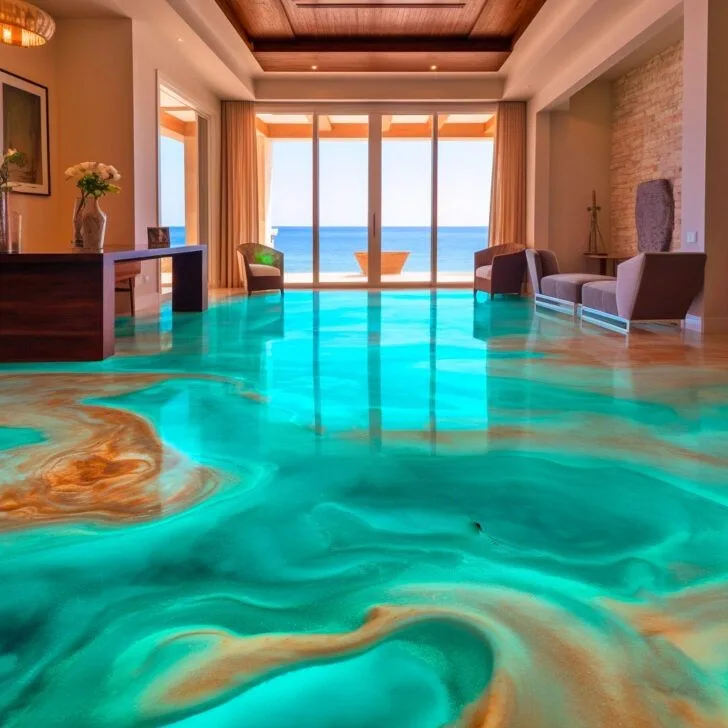
Understanding Epoxy Active Scene Floors
In this section, we will explore what epoxy active scene floors are, their composition, and why they’ve become a popular choice for various settings.
What are Epoxy Active Scene Floors?
Epoxy active scene floors are created using a mixture of resin and hardeners, resulting in a strong, impermeable surface that can be customized to fit any design theme. This versatility has made them particularly appealing for both residential and commercial spaces.
These floors are not only durable but also boast a seamless finish that reduces the risk of bacteria buildup, making them ideal for places like hospitals, restaurants, and schools. The application process allows for various textures and colors, giving homeowners and business owners the freedom to express their style.
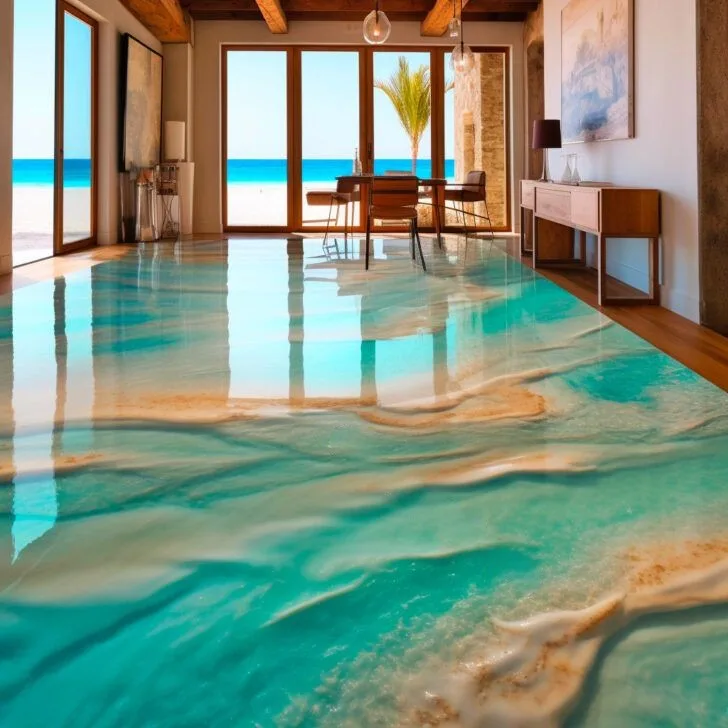
Composition and Application Process
The beauty of epoxy active scene floors lies in their composition. The primary components include:
- Epoxy Resin: The backbone of the floor, providing strength and flexibility.
- Hardener: Activates the resin, allowing it to cure and create a solidified bond.
- Additives: These can include pigments for color enhancement, anti-slip materials for safety, or even decorative elements such as glitter or stones.
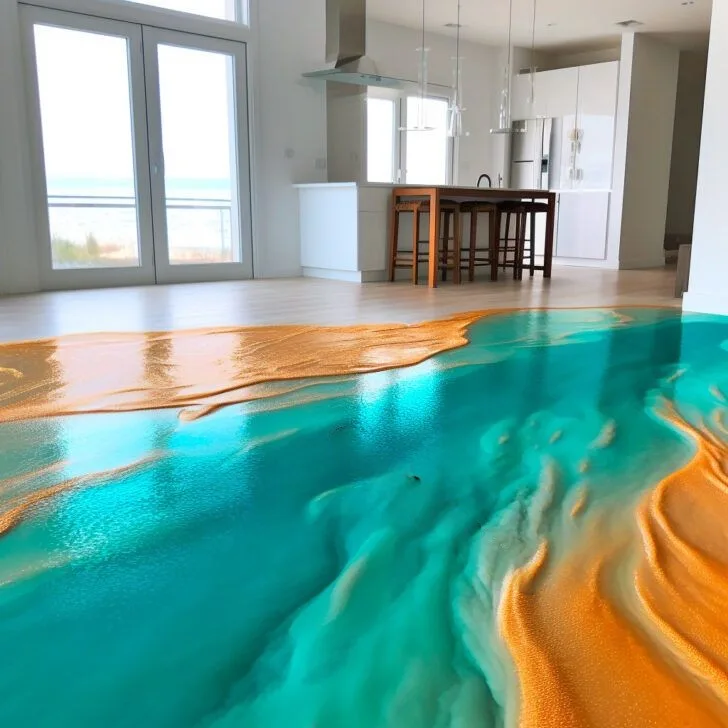
The application process involves several steps:
- Surface Preparation: Ensuring the underlying surface is clean, dry, and free from contaminants.
- Mixing: Combining the resin and hardener according to the specified ratios.
- Pouring: Distributing the mixture evenly across the floor.
- Curing: Allowing the epoxy to set and harden over time.
Each step is critical to achieving a flawless finish that showcases the potential of epoxy active scene floors.
Why Choose Epoxy Active Scene Floors?
When considering flooring options, it’s essential to weigh the pros and cons. Epoxy active scene floors offer an array of benefits that set them apart from traditional flooring materials.
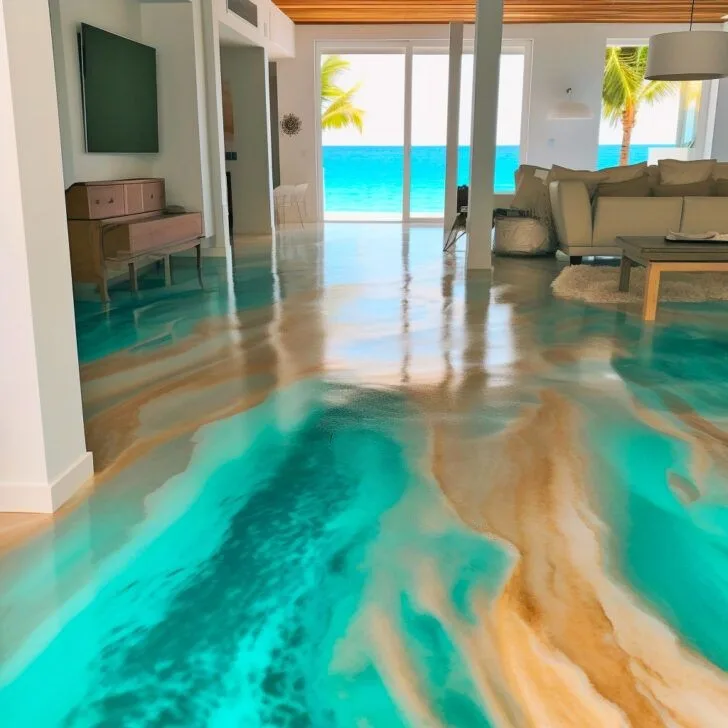
- Durability: Resistant to scratches, stains, and heavy foot traffic, these floors can last many years with minimal maintenance.
- Design Flexibility: Available in myriad colors and patterns, they can complement any interior decor style.
- Low Maintenance: Cleaning epoxy floors is straightforward; a wet mop and mild detergent usually suffice.
- Eco-Friendly Options: Many epoxy products are designed to minimize environmental impact, making them a sustainable choice.
With so many advantages, it’s no wonder that epoxy active scene floors are gaining traction across diverse industries.
How to Use Epoxy Active Scene Floors in Different Settings
This section explores the various applications of epoxy active scene floors, including residential, commercial, and industrial uses.
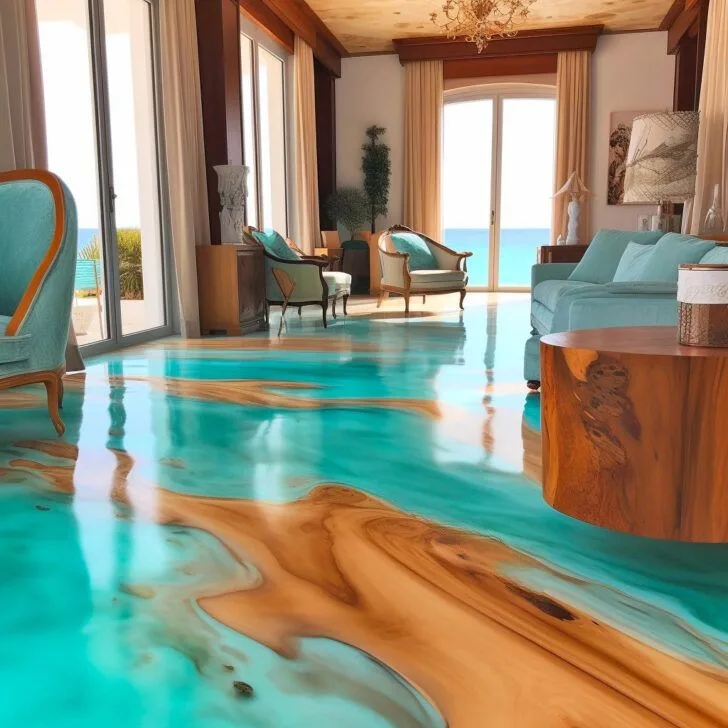
Residential Applications
In residential settings, epoxy active scene floors elevate the aesthetic appeal of living spaces.
- Living Rooms: Homeowners can choose vibrant colors or intricate designs that match their decor. A polished finish can reflect light beautifully, adding to the overall ambiance.
- Kitchens: The durability of epoxy makes it ideal for kitchen flooring, where spills and high foot traffic are common. An anti-slip additive can further enhance safety.
- Garages: Transforming a dull garage into a functional space is simple with epoxy. Its resistance to oils and chemicals ensures a long-lasting surface that stands up to automotive work.
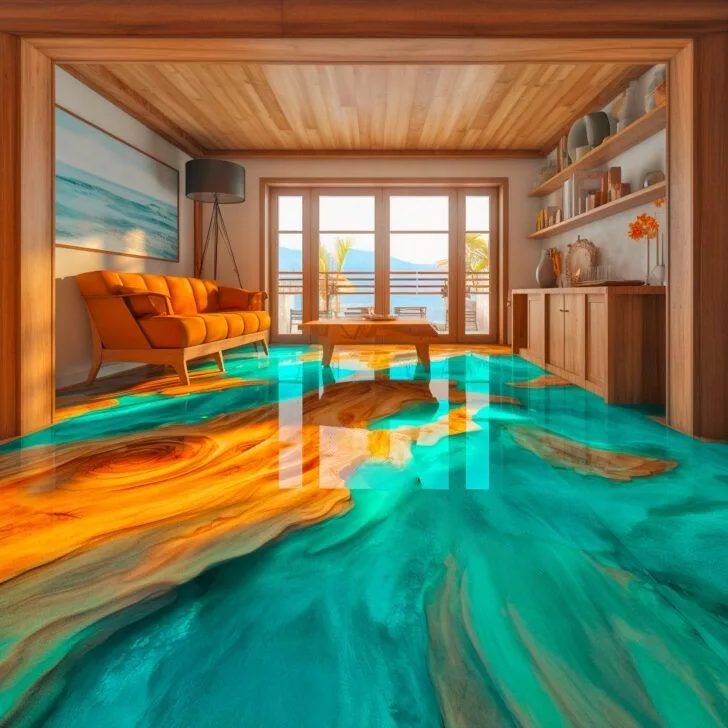
Commercial Uses
Businesses benefit significantly from implementing epoxy active scene floors.
- Retail Stores: The ability to customize colors can help reinforce brand identity while creating an attractive shopping environment.
- Restaurants: With high foot traffic and potential spills, epoxy floors ensure ease of cleaning and maintenance, all while maintaining a stylish look.
- Medical Facilities: In healthcare settings, the seamless nature of epoxy floors minimizes the risk of infections, making it a preferred choice for surgical and patient areas.
Industrial Applications
Industries often need tough, reliable flooring that can withstand heavy machinery and chemicals.
- Manufacturing Plants: The strength of epoxy active scene floors ensures they can handle heavy impacts and constant use without wearing down quickly.
- Warehouses: High resistance to abrasions makes epoxy a perfect fit for warehouses where forklifts and pallet jacks are prevalent.
- Laboratories: Epoxy’s chemical-resistant properties make it suitable for laboratories, where spills are a concern.
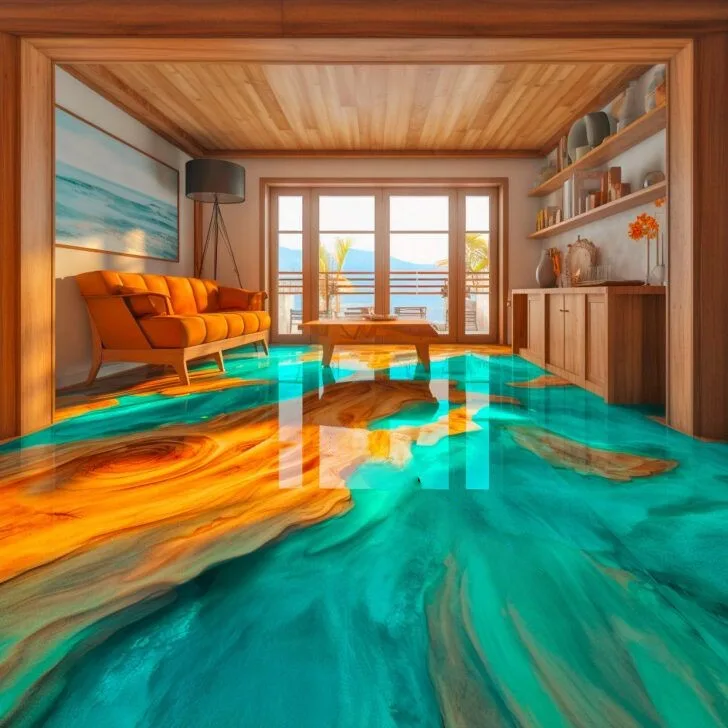
Through these varied applications, it’s clear that epoxy active scene floors provide unparalleled versatility and functionality.
Comparison of Epoxy Active Scene Floors with Other Flooring Types
Understanding how epoxy active scene floors stack up against other flooring options can help consumers make informed decisions about their spaces.
Epoxy vs. Vinyl Flooring
While both options offer durability, there are noticeable differences.
- Durability: Epoxy floors generally outperform vinyl in heavy-duty situations due to their resistance to scratches and tears.
- Moisture Resistance: Epoxy provides a seamless surface that doesn’t allow water to penetrate, making it superior for areas prone to moisture.
- Environmental Impact: Many vinyl flooring options contain PVC, which can be harmful to the environment. In contrast, eco-friendly epoxy choices are available.
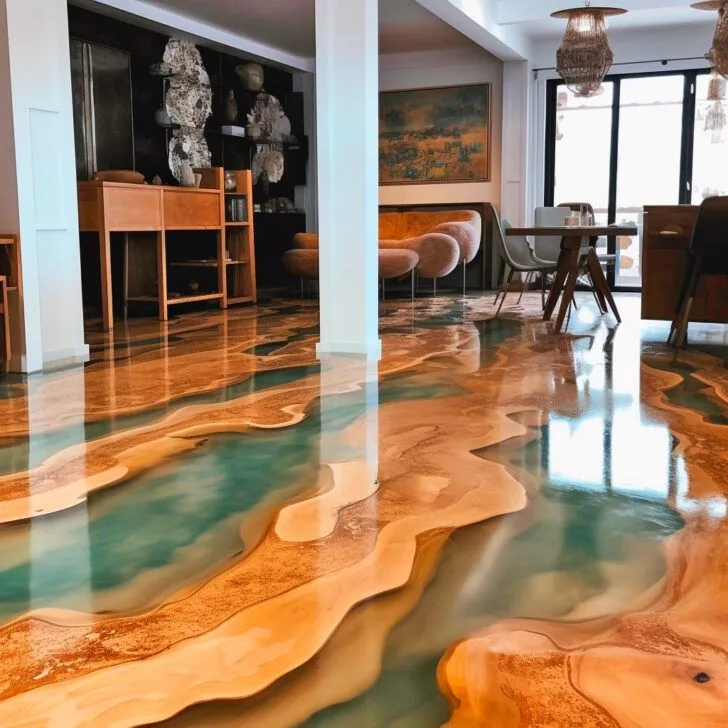
Epoxy vs. Tile Flooring
Tile flooring is a classic choice, but epoxy provides unique advantages.
- Installation Time: Installing tile can be labor-intensive and time-consuming. On the other hand, epoxy installation is quicker and more efficient.
- Seamless Finish: Unlike tiled surfaces, epoxy offers a smooth, continuous surface that is easier to clean and maintain.
- Design Flexibility: Epoxy floors come in countless colors and designs, allowing for personalized aesthetics that tiles may lack.
Epoxy vs. Carpet Flooring
Carpet has long been a staple in many homes, yet epoxy presents compelling reasons to reconsider.
- Allergen Control: Carpets trap dust and allergens, while epoxy floors promote better air quality through their easy-to-clean surfaces.
- Lifespan: Epoxy floors can last for decades, whereas carpets may need replacing every few years due to wear and tear.
- Style: With the range of designs available, epoxy can cater to modern styles just as well as, if not better than, carpets.
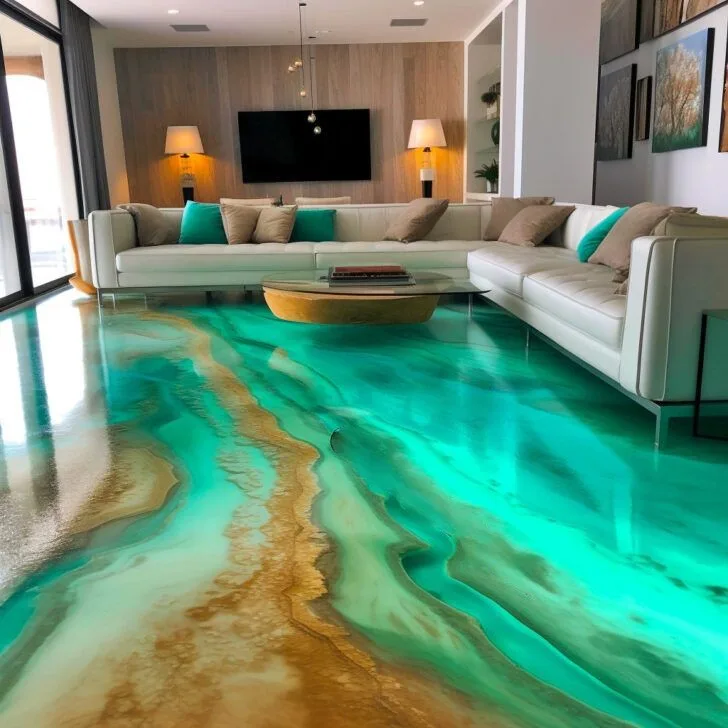
This comparison highlights the distinct advantages of epoxy active scene floors, making them an option worth considering for anyone upgrading their flooring.
Tips for Implementing Epoxy Active Scene Floors
If you’re ready to explore epoxy active scene floors for your space, here are some helpful tips to ensure a successful project.
Planning Your Design
Before diving into your epoxy floor installation, take the time to plan.
- Color Schemes: Consider the existing decor of your space when selecting colors. Neutral tones can create a calming atmosphere, while bold hues can energize a room.
- Texture Choices: Adding textures or glitter can enhance visual interest and match specific styles.
- Space Functionality: Identify how the space will be used to choose appropriate features, such as slip resistance or easy cleaning capabilities.
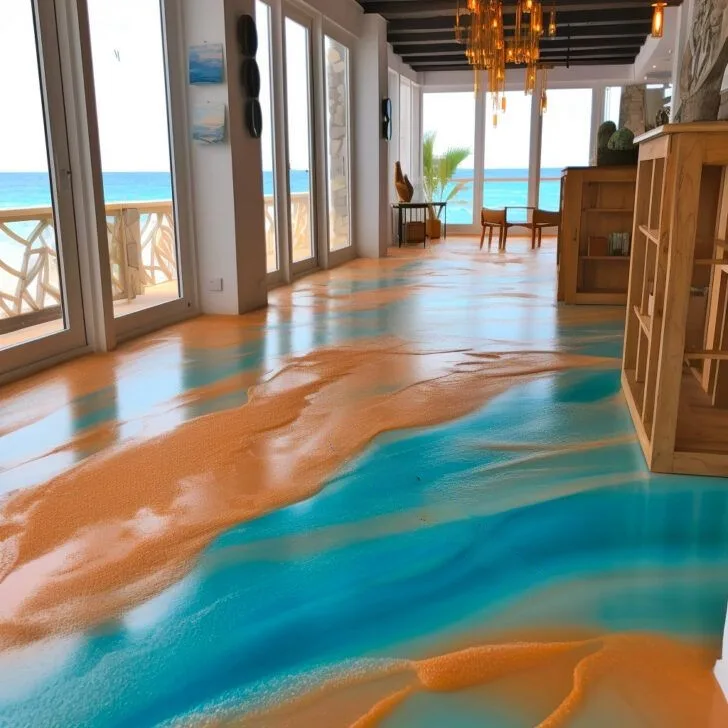
Preparing for Installation
Proper preparation sets the foundation for success.
- Surface Assessment: Evaluate the current condition of the flooring beneath before proceeding. Cracks or imperfections should be addressed beforehand.
- Temperature Control: Ensure the area maintains optimal temperature and humidity levels during installation to guarantee proper curing of the epoxy.
- Gathering Supplies: Assemble necessary tools and materials beforehand, including applicators, mixers, and safety gear, to streamline the process.
Maintenance Tips
Once your epoxy active scene floors are installed, maintaining them will prolong their lifespan.
- Regular Cleaning: Employ a simple cleaning routine using a damp mop and mild cleaner to prevent dirt buildup.
- Avoid Harsh Chemicals: Steer clear of abrasive cleaners that could damage the surface over time.
- Periodic Inspections: Regularly check for signs of wear or damage, addressing any issues promptly to ensure longevity.
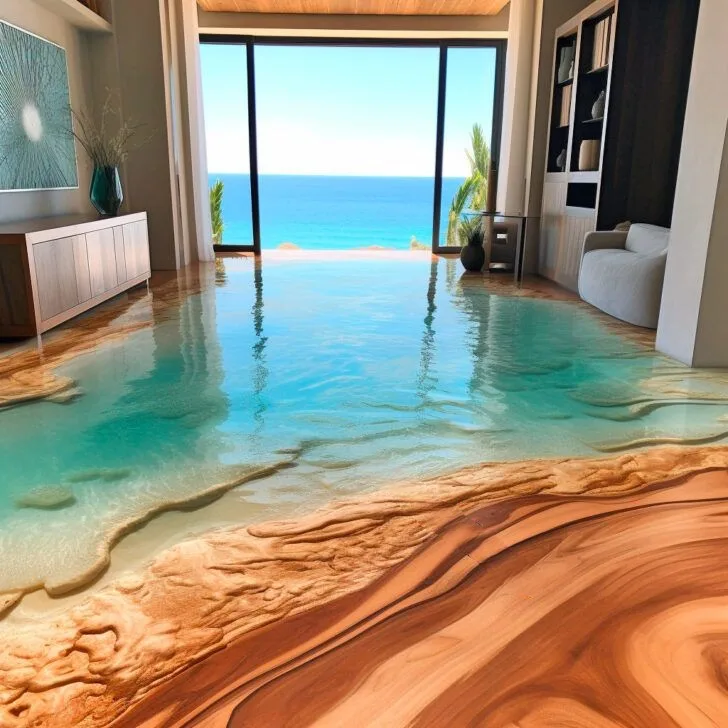
By following these tips, you can maximize the benefits of epoxy active scene floors in your space.
Conclusion
Epoxy active scene floors are a remarkable flooring solution that combines durability, design versatility, and low maintenance. Their ability to transform spaces—be it a cozy home, bustling restaurant, or demanding industrial setting—makes them an exciting choice for anyone looking to upgrade their flooring. With detailed planning, proper installation, and consistent maintenance, these surfaces can provide beauty and functionality for many years to come. Embrace the potential of epoxy active scene floors and redefine your environment today.

